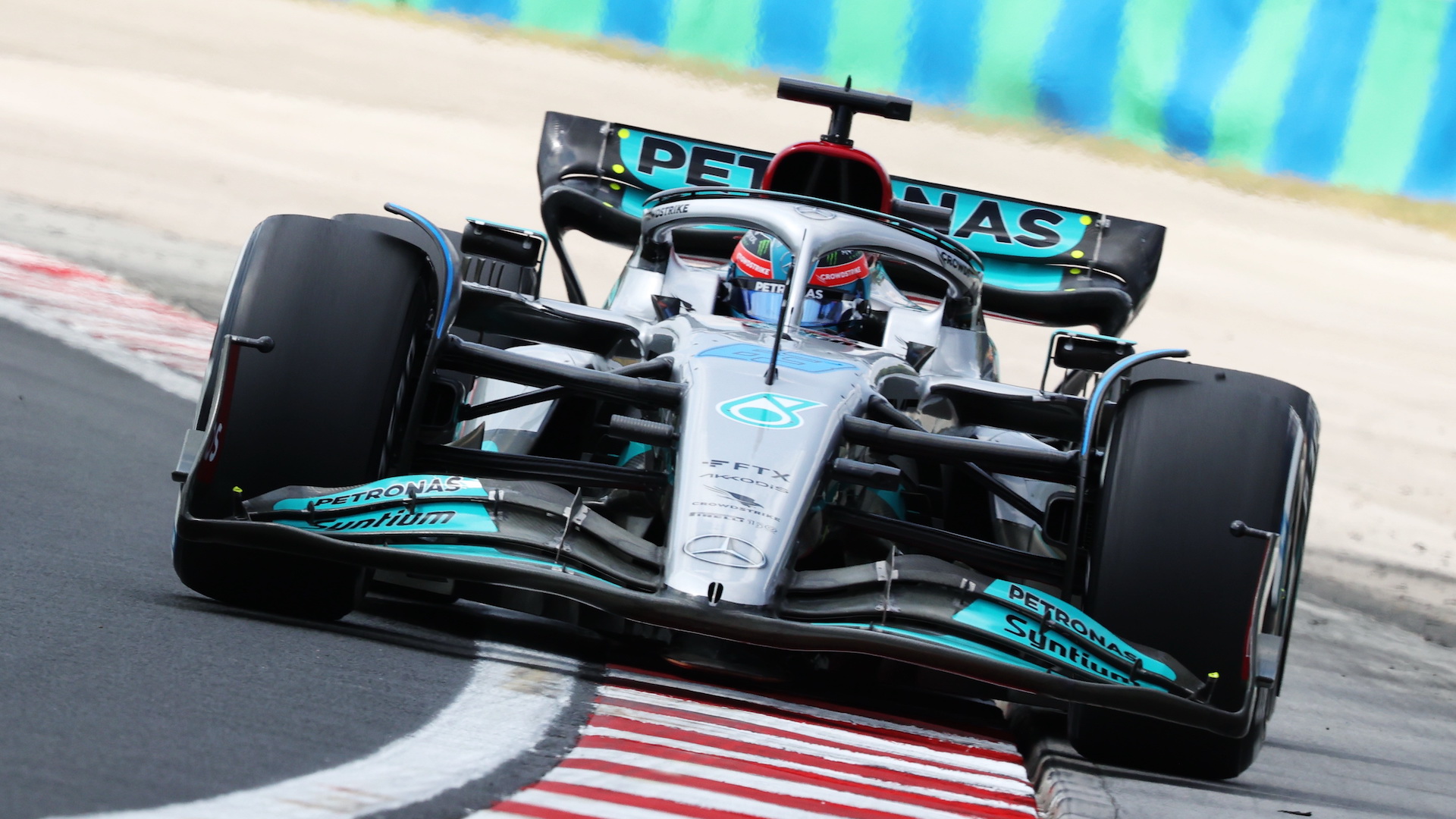

The Mercedes-AMG Formula 1 Team has hired auditors, or “financial engineers,” to track the cost of every part installed on the team’s cars.
In an interview with Autosport, Team principal Toto Wolff mentioned the specialized personnel in regards to F1’s new budget cap. Like most big team principals, Wolff believes the cap restricts former big spenders like Mercedes. Formerly able to spend $459 million on seizing the championship in 2020, the same team must now do so with about $140 million in 2022—with some extra tacked on to account for inflation. Hence, Mercedes now notes the dollar value of every little piece of the car as it’s used.
“We have a tracker with financial engineers that track every single process and every single part that comes into the car,” Wolff said to Autosport. “So when we take things out of the truck, the financial engineer notes, the value—when you utilize, it’s being counted for.”

Hypothetically, this gives Mercedes the ability to calculate the exact dollar value of its 2022 contender, the W13; a figure that has been historically tricky to calculate due to development costs often being rolled into parts costs. Various recent estimates have therefore placed the cost of a single F1 car from $12.2 million to well over $20 million, though their actual prices will vary between teams, and even on the same car as parts develop and change.
It’s also highly unlikely that teams themselves didn’t know the approximate values of their cars before the budget cap, as it’s something they’d need to know anyway. Though budgets may have once been bigger, the sponsors’ checks usually haven’t been blank, and insuring a car during transport would also require knowing its value. In any case, it’s likely not a figure you or I will ever know, as F1 teams won’t want to give rivals any clues as to their strengths or weaknesses—both on the track and in the development labs.
Got a tip or question for the author? You can reach them here: james@thedrive.com